General Hydrangea question. (Everlasting Revolution Hydrangea)
Cal_00
9 years ago
Featured Answer
Comments (19)
luis_pr
9 years agoCal_00
9 years agoRelated Professionals
Londonderry Landscape Architects & Landscape Designers · Maple Valley Landscape Architects & Landscape Designers · Ilchester Landscape Architects & Landscape Designers · Harvey Landscape Architects & Landscape Designers · Cupertino Landscape Contractors · Goodlettsville Landscape Contractors · Hannibal Landscape Contractors · Muttontown Landscape Contractors · North Ridgeville Landscape Contractors · Carmel Siding & Exteriors · Dumont Siding & Exteriors · Fairfax Siding & Exteriors · Guilford Siding & Exteriors · New Port Richey East Siding & Exteriors · Wilmington Siding & Exteriorsluis_pr
9 years agoOctober_Gardens
9 years agotrue_blue
9 years agohc mcdole
9 years agoCal_00
9 years agovasue VA
9 years agoOctober_Gardens
9 years agoOctober_Gardens
9 years agostarlight99
9 years agoluis_pr
9 years agotrue_blue
9 years agoOctober_Gardens
9 years agotrue_blue
9 years agoOctober_Gardens
9 years agostarlight99
9 years agotrue_blue
9 years ago
Related Stories
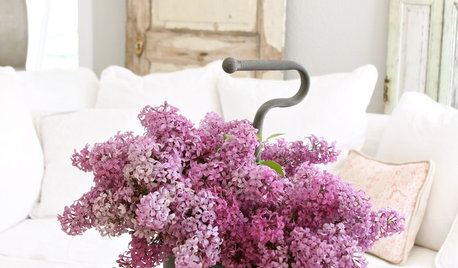
GARDENING GUIDESLet Lilac Love Flower This Spring
Whatever you bestow or receive for Mother's Day, lilacs can be an unmatched gift in the garden in May
Full Story
GARDENING GUIDESGreat Design Plant: Snowberry Pleases Year-Round
Bright spring foliage, pretty summer flowers, white berries in winter ... Symphoricarpos albus is a sight to behold in every season
Full Story
GARDENING GUIDESTop 12 Summer-Blooming Perennials for Deer-Resistant Drama
Can you have garden color, fragrance and exciting foliage with hungry deer afoot? These beauties say yes
Full Story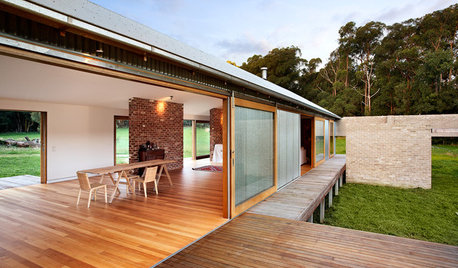
ARCHITECTUREHow Thermal Mass Keeps You Warm and Cool
Passive solar design makes use of this element. Here’s how it works and how you can get it in your home
Full Story
SPRING GARDENINGTop 10 Scented Plants for Your Garden
A palette of perfumed plants can transform even the smallest of gardens into a sensory delight
Full Story
FALL GARDENING7 Reasons Not to Clean Up Your Fall Garden
Before you pluck and rake, consider wildlife, the health of your plants and your own right to relax
Full Story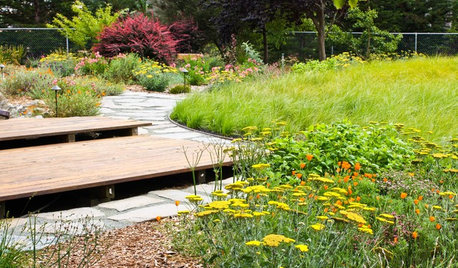
GARDENING GUIDES8 New Ways to Garden This Year
A successful garden means knowing the plants, the wildlife and yourself
Full Story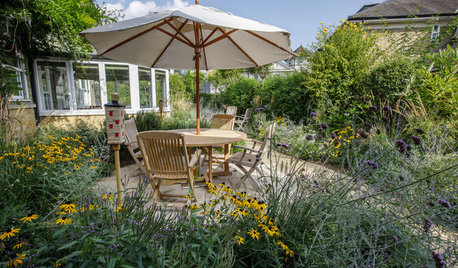
LANDSCAPE DESIGN4 Tips for Creating a Small Garden That Welcomes Wildlife
Win over birds, bees, butterflies and neighbors with these design strategies
Full Story
GARDENING FOR BUTTERFLIESGarden for Wildlife to Reap Rich Rewards
When you plant with animals and insects in mind, you make gardening easier, the planet healthier and yourself more present
Full Story
WINTER GARDENINGPruning Secrets for Exquisite Roses
Encourage gorgeous blooms year after year with this time-tested advice on how to prune your rosebush in winter for health and shape
Full StorySponsored
Columbus Design-Build, Kitchen & Bath Remodeling, Historic Renovations
More Discussions






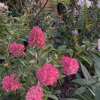

Cal_00Original Author